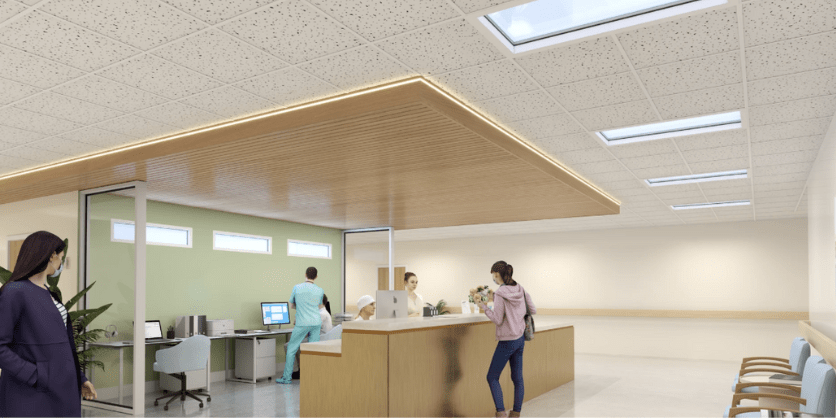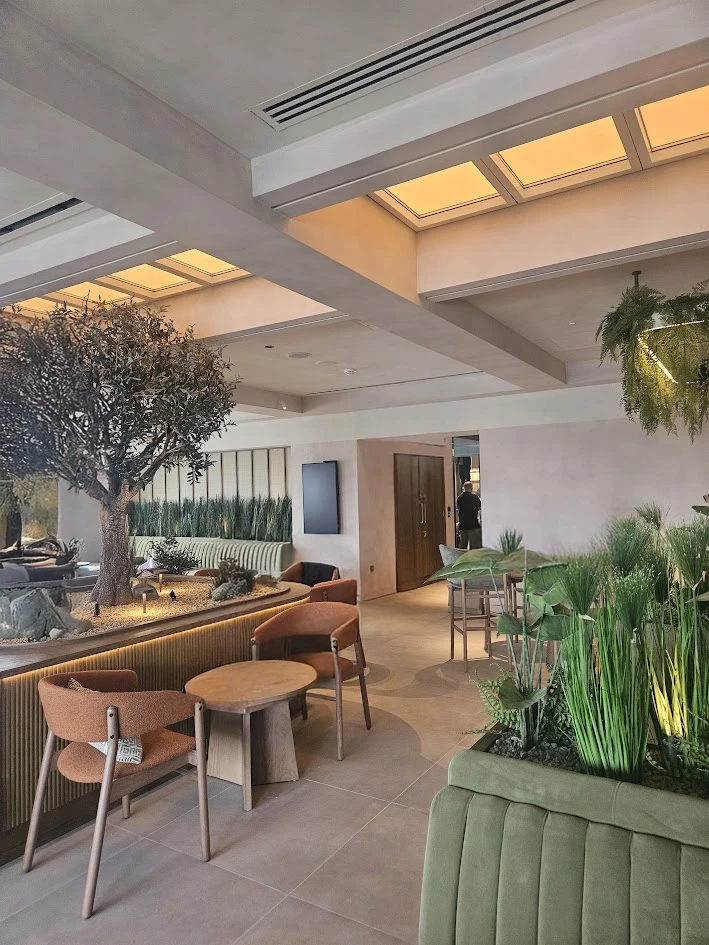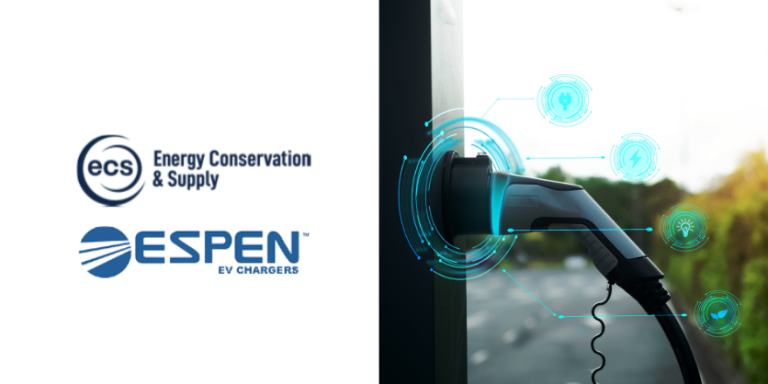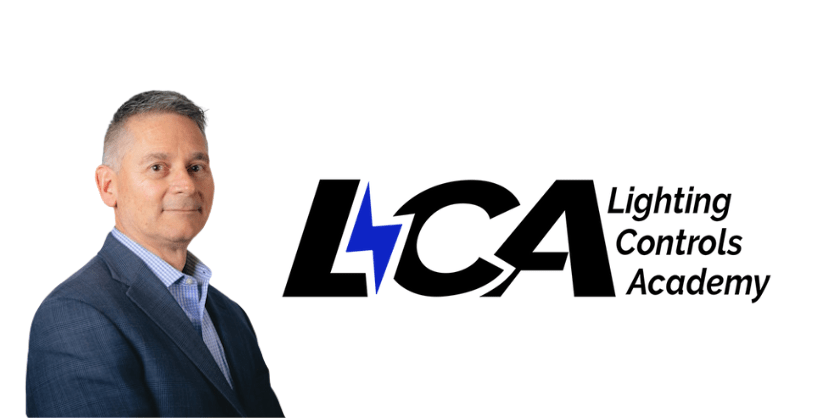What You Need to Know About Circadian Lighting and WELL v2

By Atlas R, Innerscene
Editor’s Note: The WELL v2™ pilot is the next version of the pioneering WELL Building Standard™, the first rating system to focus exclusively on the impacts of buildings on human health and wellness.
Lighting has always been central to design, but today, it’s no longer just about how well we see — circadian lighting is about how we sleep, feel, and perform. WELL v2 has put numbers to what many of us in the industry have known for years: circadian light matters.
The tricky part? Translating those numbers – 275 EML(Equivalent Melanopic Lux
) by day, ≤11 EML in the evening – into real interiors. On paper, it sounds straightforward. In practice, it means rethinking distribution, spectrum, and time of day in every lighting strategy we put forward.
Most of us were trained to design around photopic lux. Make sure the workplane is lit, check uniformity, confirm the task is comfortable. Done.
But WELL v2 asks us to design for what actually reaches the eye — not just lumens on a desk, but melanopic stimulus at the vertical plane. That’s a paradigm shift. The science is clear: photopic lux doesn’t tell the whole story. A typical 3500K LED troffer may check the task-lighting box, but deliver a melanopic ratio of only ~0.5. To hit WELL’s circadian thresholds with those sources, you end up pumping out a lot more light — and with it, more glare and more energy. We’ve all seen spaces like that: visually harsh, biologically underwhelming.
The Challenge With Conventional LEDs
Here’s the dilemma: How do we respect WELL’s circadian requirements without creating environments people don’t actually want to sit in? For example, consider a nurse station in a hospital core. Staff need alertness, but the space is far from daylight. Boosting conventional LEDs to hit 275 EML can make the area feel clinical in the worst sense: overlit, flat, and fatiguing. That’s the kind of practical challenge many of us are wrestling with — and it’s where innovation has to step in.
A Different Approach: Melanopic Efficiency
What if instead of “more light,” we had more effective light? That’s where spectral engineering comes in. By increasing the melanopic ratio — the amount of circadian-effective light per lux — we can achieve the same biological impact with fewer raw lumens.

This is the principle behind Innerscene’s Circadian Sky and Virtual Sun. With melanopic ratios up to ~1.6 (roughly three times the effectiveness of conventional LEDs), designers can reach WELL’s thresholds without flooding the space. Add a tunable range from 2,200K to 40,000K, and you’ve got the flexibility to design both daytime sky scenes and evening wind-down scenes that keep people aligned with their circadian rhythm.
It’s not just about metrics. It’s about light that feels authentic — sky apertures that restore a sense of connection to nature, even deep inside a building.
Circadian Sky and Virtual Sun go beyond L03. They touch:
• L01 Light Exposure and L02 Visual Lighting Design (the baselines)
• L04 Glare Control and L07 Visual Balance (comfort and quality)
• L08 Electric Light Quality (CRI, flicker)
• And on the Mind side, features like M02 Nature and Place, M07 Restorative Spaces, and M09 Enhanced Access to Nature
In total, there are up to 12 WELL contributions — which can make the difference for teams chasing certification.
Tools That Simplify the Process
The other side of this is documentation. Every designer knows: performance is only half the battle; proving it is the other half. That’s why Innerscene provides IES files, SPD curves, vertical EML calculations, glare analyses, and flicker statements. For teams under pressure, that’s one less hurdle between intent and certification.
Looking Ahead
The WELL Building Standard has made it clear: light is no longer just about what we see, but also how we feel, sleep, and perform. For architects and lighting designers, this means reimagining fixtures as bridges between biology and architecture.
By aligning product innovation with WELL’s circadian framework, the industry has the chance to create spaces that are both scientifically validated and experientially uplifting. Innerscene’s approach of combining rigorous metrics with the emotional resonance of daylight illustrates how the next generation of lighting can meet standards while enhancing the human experience of space.
Innerscene WELL Standards Resource Page
Brown TM et al. “Recommendations for daytime, evening, and nighttime indoor light exposure.” PLOS Biology, 2022.
WELL Building Standard v2 — International WELL Building Institute (IWBI)









